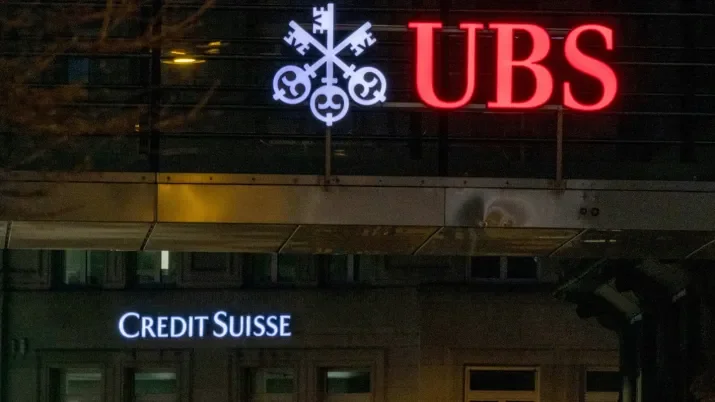Bank of England joins the ECB on hierarchy
Following up on our blog earlier today, we thought it’s worth highlighting that the Bank of England (BoE) has now joined the European Central Bank (ECB) in stating that there is a clear hierarchy when it comes to a resolution or an insolvency scenario ( https://www.bankofengland.co.uk/news/2023/march/boe-statement-uk-creditor-hierarchy ). In doing so the BoE have reaffirmed that the hierarchy is that of shareholders being subordinate to, and therefore ranking below, Additional Tier 1 (AT1) holders, which in turn are subordinate to Tier 2 holders. This echoed the statement from the ECB earlier in the day; the BoE also emphasised that this regime was actually tested (as recently as last week) with the resolution of Silicon Valley Bank UK.
The simplicity of the problem is such that even though both the BoE’s and the ECB’s statements are only a couple paragraphs long they explain what should be obvious to everyone involved in financial markets. In setting their positions out simply but explicitly, we think these statements will prove extremely important and that in time, they will help restore confidence in subordinated bank capital in Europe and beyond.
AT1 bonds have been volatile during the day, as one would expect, but have bounced off the lows after these releases. However, even after the post headline bounce, there are several of these bonds from banks such as Barclays and HSBC for example, that are trading with double digit yields even when priced to perpetuity.




